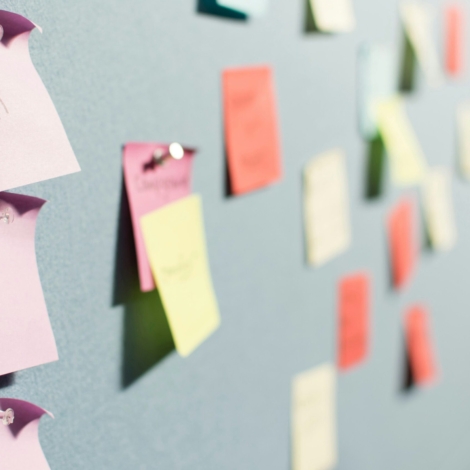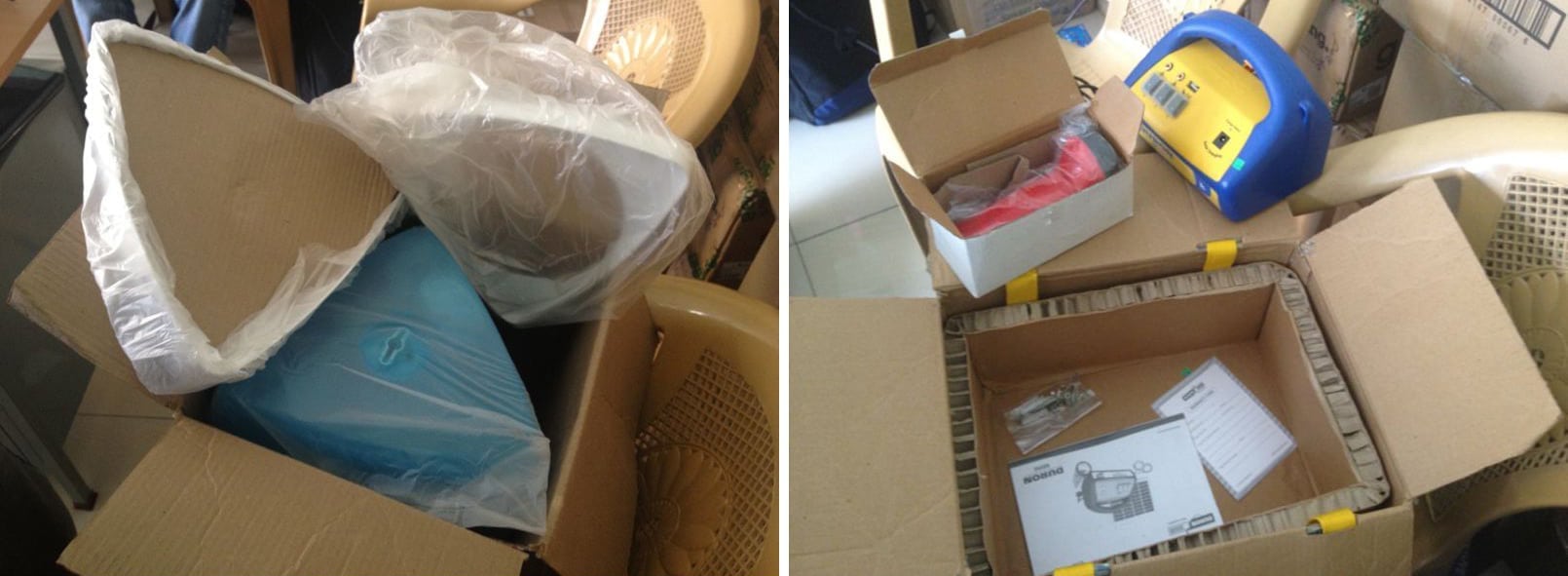A set of 55 questions help designers and engineers assess the social impact of a product in development, new research suggests. Design teams that use the questions as prompts during brainstorming sessions are more likely to consider a wide range of social impacts, according to a study in the Journal of Mechanical Design by Dr. Christopher Mattson, Mechanical Engineer at Brigham Young University in Provo, Utah (USA) and colleagues.
(Dr. Mattson is also a member of the Steering Committee for the Engineering for Sustainable Development group at the American Society of Mechanical Engineers, which includes Engineering for Change).
For more: Human Centered Design in Practice: People First, Then People Again
Design teams have few methods for comprehensively evaluating the potential impacts of their products, and evidence suggests that they fail to consider broad areas of social impact. One study that Dr. Mattson and team cited found that when industry professionals assessed social impact, they focused on health and safety at the expense of other categories of social impact. There may be as many as 11 categories of social impact, according to research by Dr. Meagan Rainock, also at Brigham Young University. Dr. Rainock conducted a literature review that identified the following categories:
- Impacts on health and safety
- Impacts on education
- Impacts on paid work
- Impacts on conflict and crime
- Impacts on family
- Impacts on gender
- Impacts on human rights
- Impacts on stratification
- Impacts on social networks and communication
- Impacts on population change
- Impacts on cultural identity and heritage
Dr. Mattson, with a team of engineers and social scientists, developed five questions for each of the the 11 categories–55 in all. The questions are meant to prompt design teams to consider the social impacts that may arise from their decisions.
Then the researchers put the questions to the test.
They conducted a controlled experiment involving 12 design teams. Half of the teams were asked to identify social impacts across the 11 categories, while the other half used the 55 questions as prompts during their brainstorming sessions. The study found that the teams using the questions were better at evenly identifying high-quality, diverse, and innovative impacts across all 11 categories, rather than focusing on just a few.
Additionally, when considering impacts of lower quality, variety, and novelty, the teams using the questions still showed more balanced identification of impacts. Even when certain types of impacts were filtered out, such as low quality and variety but not low novelty, the use of the questions led to similar conclusions, albeit with slightly less confidence.
The questions proved to be effective tools for design teams to consider a wide range of social impacts without compromising the depth or creativity of their ideas.
Read the study for a detailed analysis and, of course, a complete list of all 55.
The study is a part of the American Society of Mechanical Engineers (ASME) Digital Collection, made available to read free of charge through the end of March 2024.

